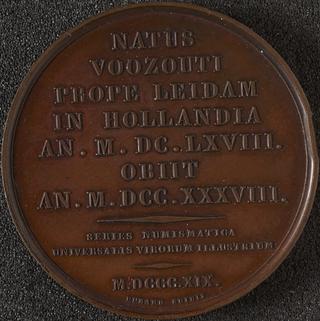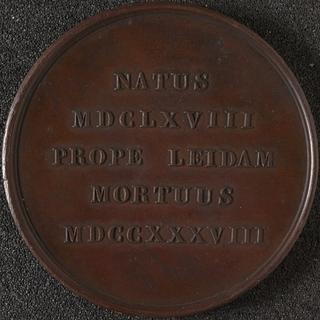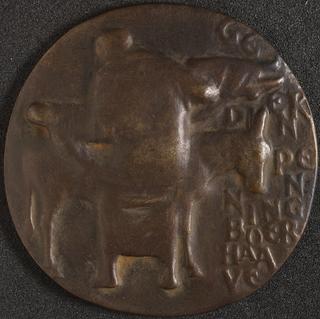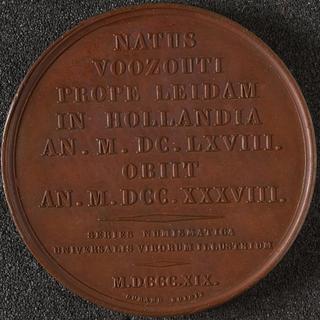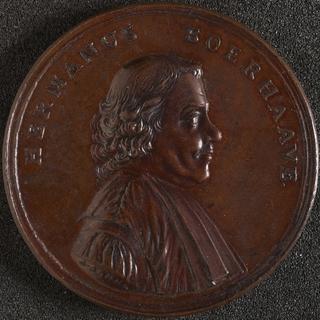
Herman Boerhaave 1668 - 1738
- occupation:
- Anatomist, Botanist, Physician
- Nationality:
- Dutch
- born in:
- Voorhout, South Holland, Netherlands
The Dutch physician Herman Boerhaave (1668-1738) was one of the most influential medical scientists and teachers of the early modern period. He introduced bedside, or clinical, teaching for medical students and argued that medicine should be based on a sound knowledge of the physical sciences and mathematics. Though not the first person to teach at the bedside, Herman Boerhaave did much to popularise this method of medical instruction, while teaching at the University of Leiden in the Netherlands. Like many scientists and doctors of the 1600s and 1700s he understood the body as a mechanical object, made up of joints, pipes and pumps. Boerhaave’s lectures and publications provided his students with a synthesis of the body’s mechanisms and the way it functioned. His system of instruction reinforced theoretical knowledge of the human body with first-hand, or bedside, observation.
Bedside teaching had been done in Padua by Montanus. Many Padua graduates also returned home from the famous Italian medical school and incorporated these methods into their own lessons. In 1637 clinical lectures first appeared in the syllabus at Leiden medical school. Previously, however, clinical teaching in Leiden was characterised by its intermittent nature. Under Boerhaave’s direction, medical students observed a dozen cases at the local St Caecilia Gasthuis, twice a week. The former nunnery and pesthouse had years earlier been transformed into a municipal hospital. Two of the hospital’s six wards were regularly used for teaching. Meeting the students at the hospital, Professor Boerhaave displayed his carefully chosen cases in 12 teaching beds. At the conclusion of examinations, he would determine patients’ diets and prescribe medicines.
These innovative medical rounds continued until 1738 and helped make Leiden famous as a place of medical learning in the 1700s. Boerhaave’s ideas travelled throughout Europe with his publications and students, and transformed medical education in Austria, France and Scotland. His publications remained standard textbooks for the rest of the 1700s.
